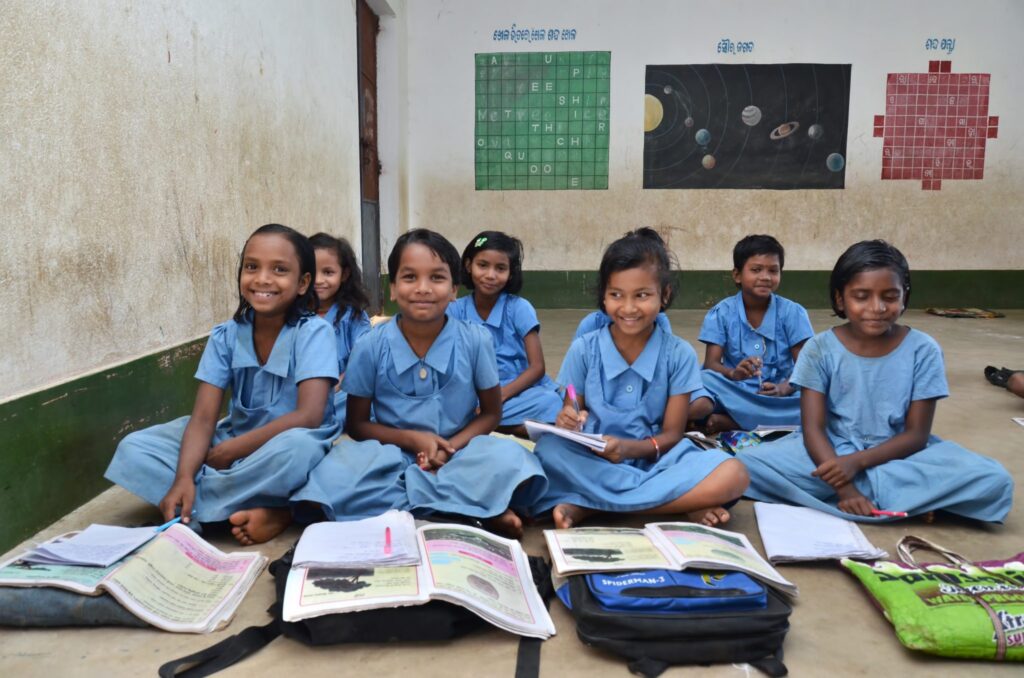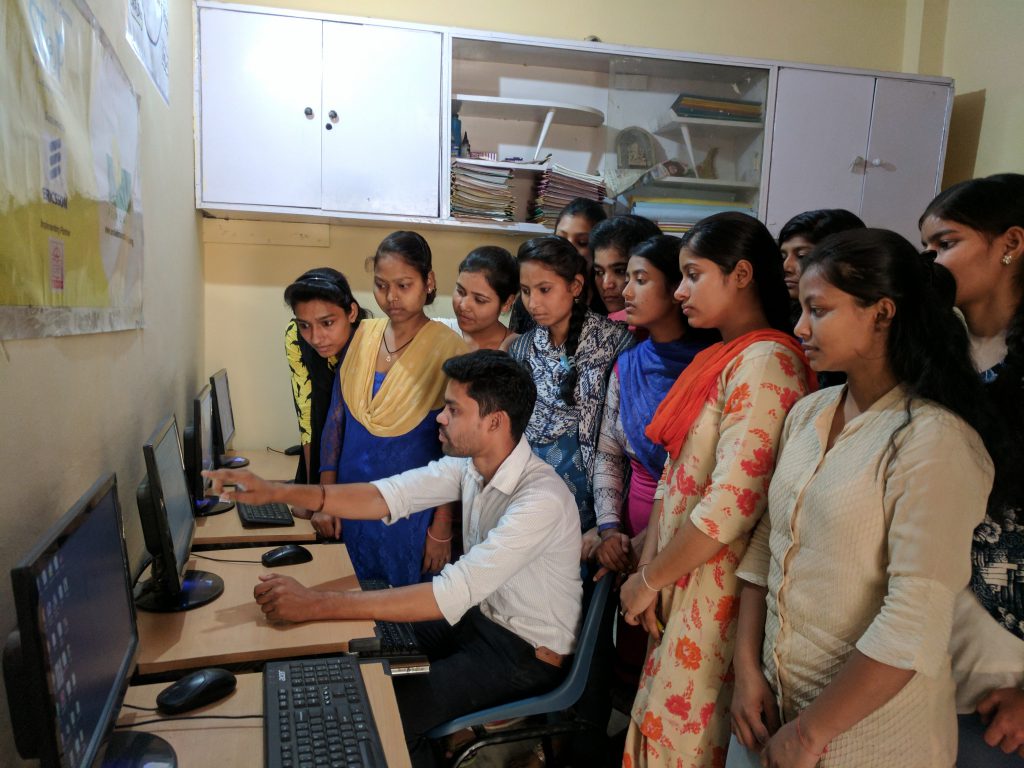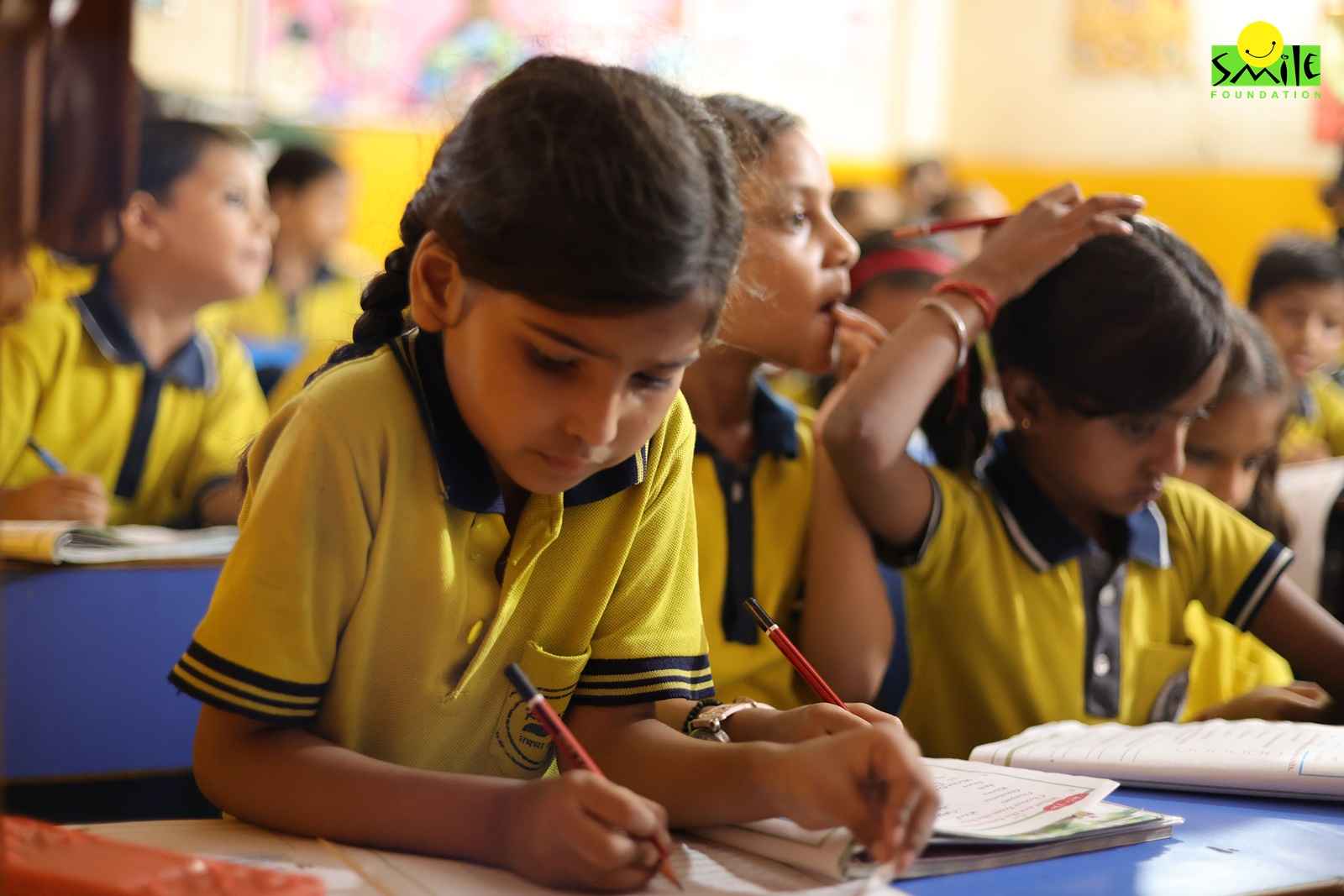Countries around the world are still at various stages of the COVID-19 pandemic. This means they are facing a variety of issues, ranging from overburdened healthcare systems to growing economic despair. Many stakeholders are considering reopening schools in the geographies that are emerging from the first wave of COVID-19 cases. Schools give not only academic and social support to students, but also childcare, which many parents require in order to return to work. Reopening schools, on the other hand, poses a public health risk of the virus’ reemergence. It’s understandable that parents and teachers are worried about when children will return to school.
UNICEF, UNESCO, the World Bank, the World Food Programme, and the UN Refugee Agency (UNHCR) published a joint framework for reopening schools. This provides high-level guidance on operational safety. It guarantees the health and wellness of students and teachers, and aims to reach the most oppressed and disadvantaged children to aid in reopening schools and stemming learning losses.
Evolving pedagogy and redesigning the academic schedule
Due to the COVID-19 pandemic, most nations’ academic calendars for the 2019/2020 and 2020/2021 academic years were severely disrupted. This raised challenges about how to approach the present and next school calendars to make up for missed learning and improve student well-being. Extending the school day, week, or year could be one option for increasing teaching time. Alternatively, countries may want to pursue an “intersessional” schedule, which allows for recovery time in the event of subsequent shutdowns.
Teacher preparation and support
The crisis has posed a significant challenge to educational systems in terms of ensuring learning continuity. It has also significantly increased the expectations placed on instructors and the intensity of their work. To boost their efficacy, countries must re-engage with teachers and assist them in improving their well-being. Countries must also offer teachers clear instructions on how to identify students at risk of dropping out. Teachers also need to be trained on how to enforce health measures. Finally, instructors should have access to high-quality professional development and continuing assistance in order to:
- reconnect with students
- assess student learning
- implement a redesigned curriculum adopting relevant pedagogy
- enhance their digital skills.
Ramping up learning recovery
National COVID-19 response education programmes should include remedial activity to speed up the recovery of learning loss. The quantity of learning loss is expected to differ by student. Thus, teaching at the appropriate level will be even more critical in assisting children in catching up to grade-level norms. In a variety of situations, national tutoring programmes, personalised self-learning programmes, and computer-assisted education have been found to boost student learning. Summer school can be extended to cover more students. When combined with the “teaching at the correct level” method, it can be very effective. Grade retention is ineffective as a remedial method unless it is used in conjunction with other specific measures.
Exams and evaluations of learning
Learning processes will help teachers, schools, and education systems identify learning needs before schools reopen. This way, they can adjust guidance and target resources accordingly to prevent learning losses caused by school closures and economic shocks associated with the pandemic. These tests should be targeted for pupils in the early grades or transition years. They should begin by reviewing the knowledge that was lost during closures in core areas such as reading and math. Education systems can adjust or replace high stakes assessments that verify school completion or determine transitions to higher levels of education. This will ensure safety and give every child equal opportunity to display what they know, understand, and can do.
Interaction with stakeholders
As education systems have gone through school closures and reopenings since the past couple of years, communication has evolved as a critical component of an effective COVID response program. The primary concepts include using numerous channels to communicate early and often, localizing communication efforts to include community leaders, and guaranteeing diversity in messaging via multiple languages and non-written media as well. In addition to health and safety communications, it has been discovered that communicating to foster learning continuity is helpful at improving achievement (in pre-COVID settings). It’s also critical to establish channels of communication with parents in order to plan ahead.
Promoting re-enrollment to encourage children to return to school
Many countries may find it difficult to assure that all pupils return to school following extensive school closures. Re-enrolling vulnerable pupils, such as girls and immigrants, will very certainly entail significantly more work. Providing financial and pragmatic support to students, closely watching the re-enrollment process, which would include women and girls in decision-making, re-evaluating policy proposals that might also result in inequity, and individually empowering the most at-risk students are all ways that countries can encourage re-enrollment.
These were crucial considerations for the reopening of the school. Above all, health, hygiene, and cleanliness must be maintained. Everyone, from school employees to students, must be educated on the value and importance of cleanliness.









